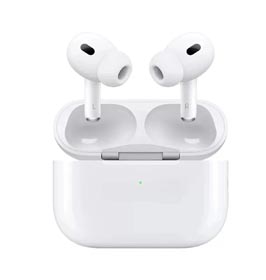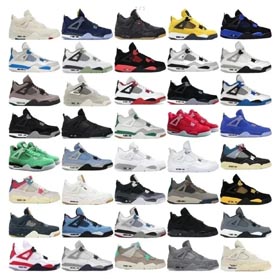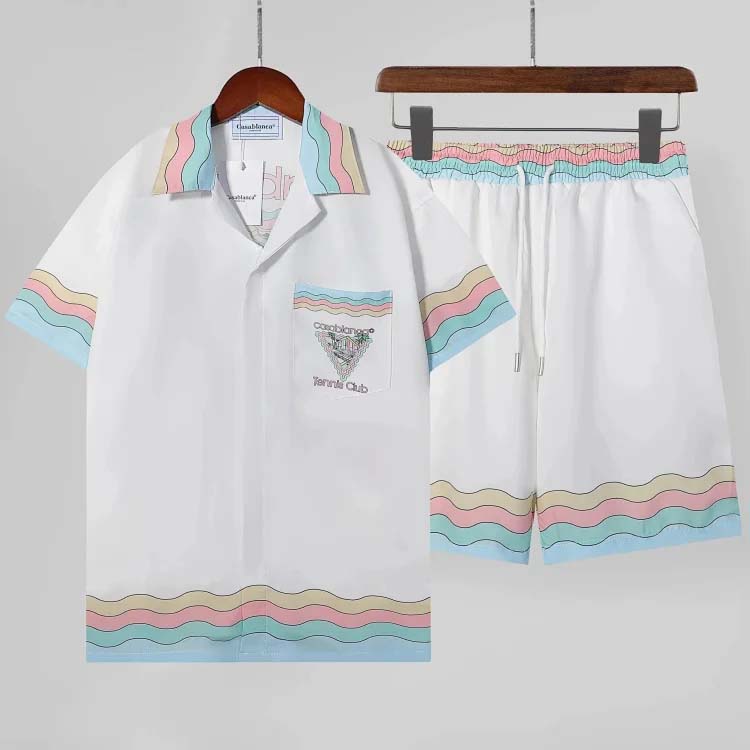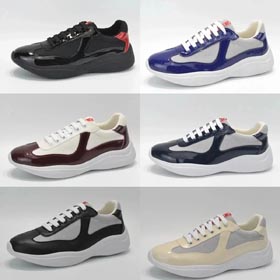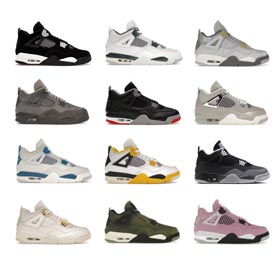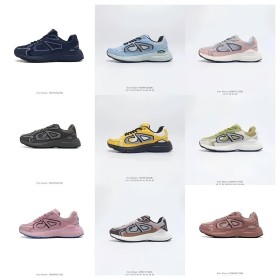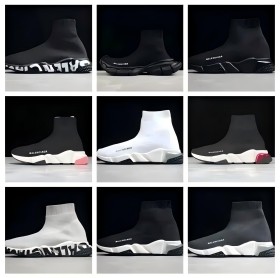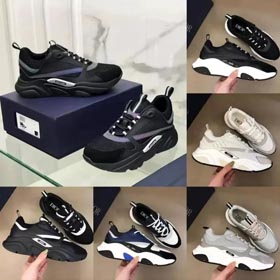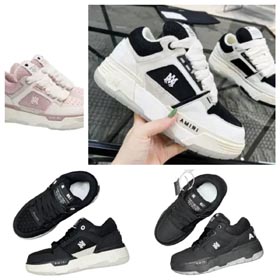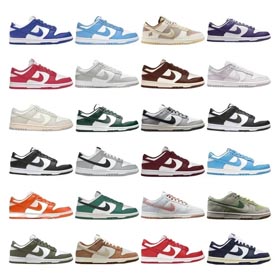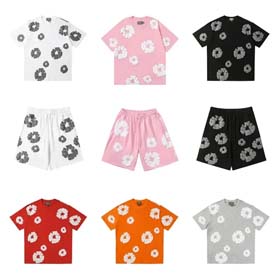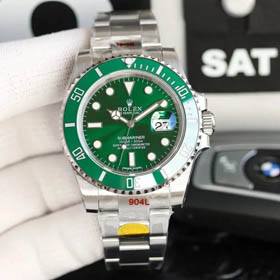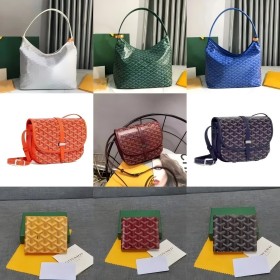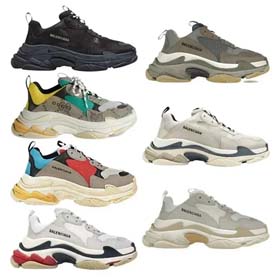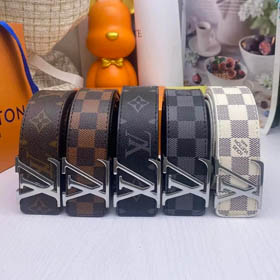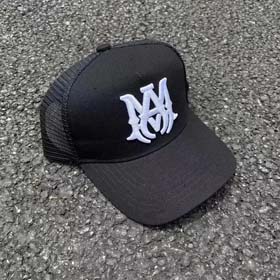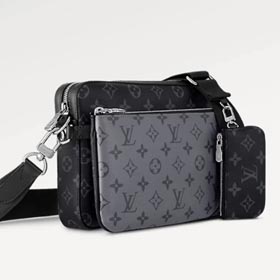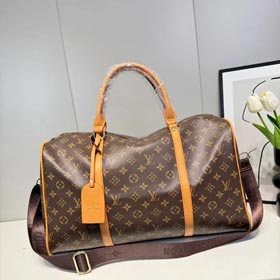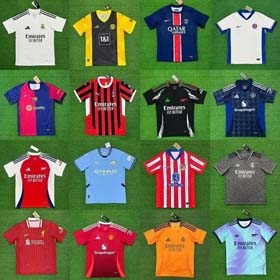Decoding Shoe Quality: A Guide to Materials, Craftsmanship, and Comparison on Oopbuy
For any discerning shopper, the true value of a shoe lies beneath the surface—in the materials used and the craftsmanship employed. These two factors are the primary determinants of comfort, durability, and overall quality. Navigating the vast selection on a代购 (daigou) platform like Oopbuy
Understanding what goes into a shoe is the first step to judging its quality. The Oopbuy platform allows you to track items of interest. You can create a spreadsheet to systematically compare different shoe brands and models. Here’s how to structure it for effective quality analysis. Create columns for the following criteria: Once your Oopbuy spreadsheet is populated with data from several brands, you can analyze it to see clear differences. Your choice depends on your priorities. For a long-term investment, a Goodyear-welted, full-grain leather shoe is superior, even at a higher upfront cost. For a trendy, seasonal item where absolute durability is less critical, a well-made cemented shoe or textile sneaker might be a perfect fit. The power of the Oopbuy
Part 1: The Foundation of Quality - Materials & Craftsmanship
Common Shoe Materials:
Key Construction Techniques:
Part 2: The Oopbuy Spreadsheet: Your Comparison Tool
Setting Up Your Quality Comparison Spreadsheet:
Column Title
What to Record
Why It Matters
Brand & Model
e.g., "Allen Edmonds Park Avenue"
Baseline identification.
Upper Material
e.g., "Full-Grain Calfskin Leather"
Indicates potential breathability, durability, and feel.
Lining Material
e.g., "Glove Leather" or "Textile"
A full leather lining enhances moisture-wicking and comfort.
Construction Method
e.g., "Goodyear Welt" or "Cemented"
Determines longevity and repairability.
Outsole Material
e.g., "Dainite Rubber" or "Leather"
Affects traction, flexibility, and wear patterns.
Craftsmanship Notes
e.g., "Even stitching, no glue marks, tight sole bond"
Observable signs of quality control during manufacturing.
User Feedback (Comfort)
e.g., "Reviews mention break-in period but excellent long-term comfort."
Real-world data on how the shoes feel over time.
User Feedback (Durability)
e.g., "Multiple reviews state soles last over 2 years of daily wear."
Real-world data on how long the shoes last.
Oopbuy Product Link
Hyperlink to the item on Oopbuy
For quick access and re-evaluation.
Part 3: Performing the Analysis & Choosing the Best Shoe
How to Compare:
Making the Final Choice:
